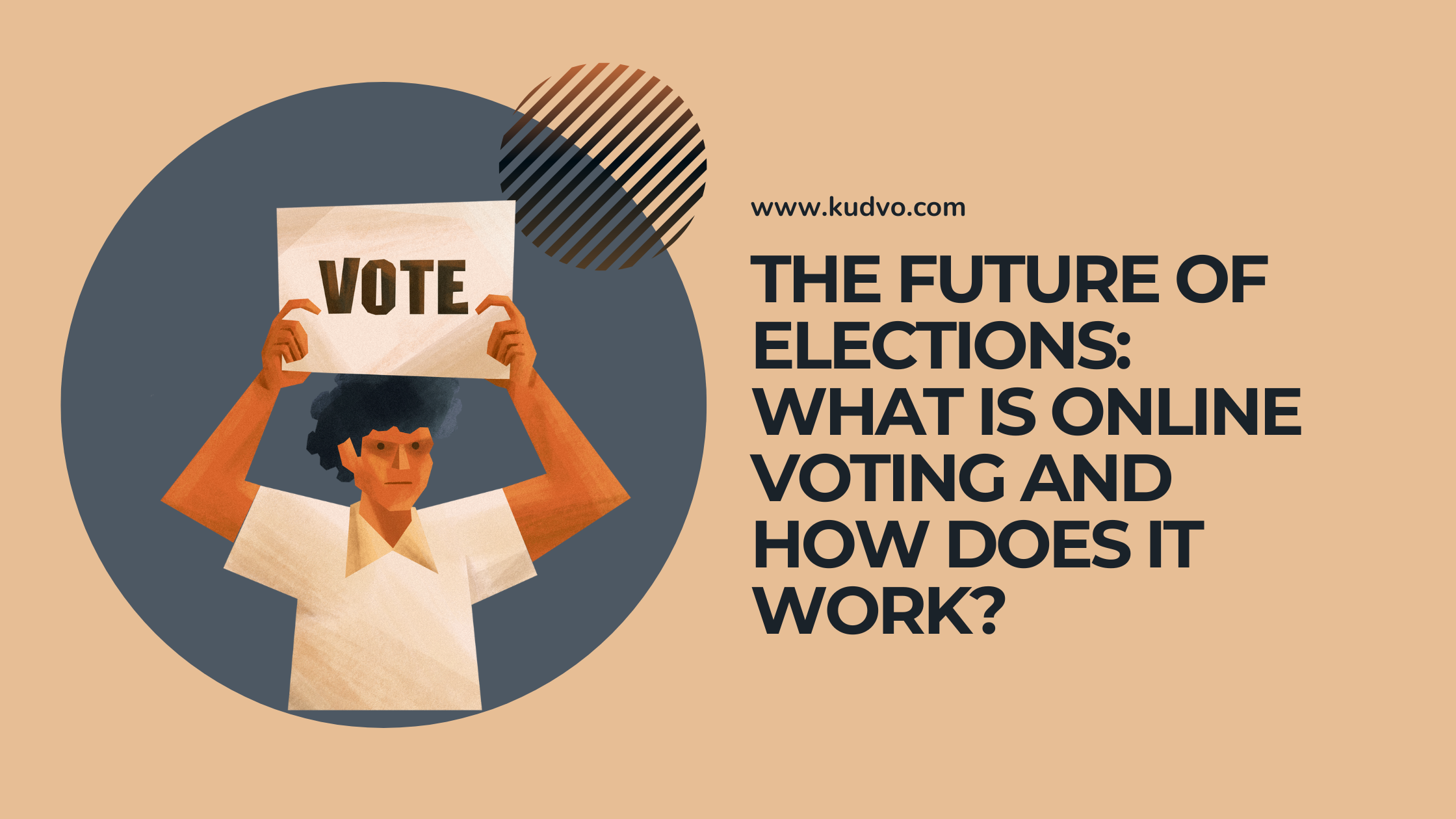The Future of Elections: What Is Online Voting and How Does It Work?
Introduction
Can you imagine casting your vote for the next president from your smartphone?
As technology continues to transform every aspect of our lives, it’s only natural that elections are the next frontier. Online voting—once a futuristic idea—is now a real possibility being explored around the world. But what exactly is online voting, and how does it work?
In this post, we’ll break down what online voting means, how it operates, its pros and cons, and whether it’s truly the future of democratic participation. If you're curious about how elections might soon fit into the digital world, keep reading!
What Is Online Voting?
Online voting, also known as e-voting or internet voting, refers to casting a ballot via a secure digital platform, typically using a computer or mobile device. It can be used for public elections (like national votes) or private elections (such as union or shareholder voting).
There are generally two types of online voting systems:
Remote Online Voting: Voters cast their ballots from any internet-connected device.
Kiosk-Based Online Voting: Voters go to a designated location with digital voting machines.
While online voting isn't yet widespread in national elections, some countries and organizations have started adopting it in different ways.
Real-world example:
Estonia is the pioneer in remote online voting. Since 2005, Estonian citizens have been able to vote online in national elections, using a secure ID system.
How Does Online Voting Work?
Online voting might seem like a simple process, but there’s complex technology behind it to ensure security and privacy.
Here’s a simplified breakdown of how a typical online voting system works:
Authentication
Voters prove their identity using secure credentials like government-issued digital IDs, two-factor authentication, or biometric scans.
Ballot Access
Once authenticated, the voter gains access to the correct ballot based on their location and eligibility.
Vote Casting
The voter selects their choices and submits the ballot.
Encryption
Votes are encrypted immediately to protect voter privacy.
Secure Transmission
Encrypted votes are securely transmitted to a central server for counting.
Verification & Auditing
Voters may receive a verification code or receipt. Authorities can audit votes using cryptographic techniques.
Key Technologies Involved:
Blockchain: Provides a transparent, tamper-resistant ledger of votes.
End-to-End Encryption: Keeps votes private and secure.
Zero-Knowledge Proofs: Allow verification without revealing vote content.
Pros and Cons of Online Voting
Like any system, online voting has its strengths and challenges.
✅ Pros:
Convenience: Vote from anywhere, anytime.
Accessibility: Helps people with disabilities or those living abroad participate more easily.
Faster Results: Digital counts reduce the need for manual tallying.
Increased Participation: Easier voting could boost turnout, especially among younger demographics.
❌ Cons:
Security Risks: Susceptible to hacking, malware, or denial-of-service attacks.
Privacy Concerns: Ensuring anonymity while verifying authenticity is complex.
Digital Divide: Not everyone has equal access to technology or internet.
Trust Issues: Lack of transparency or familiarity can lower public confidence.
Is Online Voting the Future?
While online voting isn’t perfect, it’s evolving. Several countries, tech startups, and nonprofits are working to improve its safety and scalability.
Examples of progress:
Switzerland has piloted blockchain-based voting.
West Virginia (USA) tested a mobile voting app for overseas military members.
Kudvo, a leading digital voting platform, is developing secure solutions for both public and private elections. Learn more at www.kudvo.com.
However, experts agree that robust pilot programs, public education, and international standards are essential before we see widespread use.
Conclusion
Online voting has the potential to make elections more accessible, efficient, and inclusive. While there are still challenges to solve—especially around security and trust—the technology is advancing quickly.
As we continue to live in a digital-first world, it's not a question of if online voting will happen, but how we’ll implement it safely and fairly.
Curious about how digital voting platforms are shaping the future of elections? Visit www.kudvo.com to explore cutting-edge solutions and stay informed.
